'˜Ugly' pillboxes still tell us about the human spirit
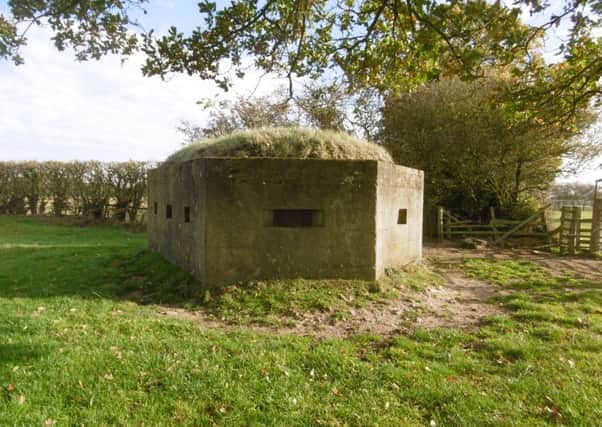

Nowadays, pillboxes are firmly in the realm of heritage. The turning point came with the demolition of the Euston Arch in 1961.
It was the Macmillan Government. We had never had it so good. There were jobs, houses and lots of consumer goods in the shops.
Advertisement
Hide AdAdvertisement
Hide Ad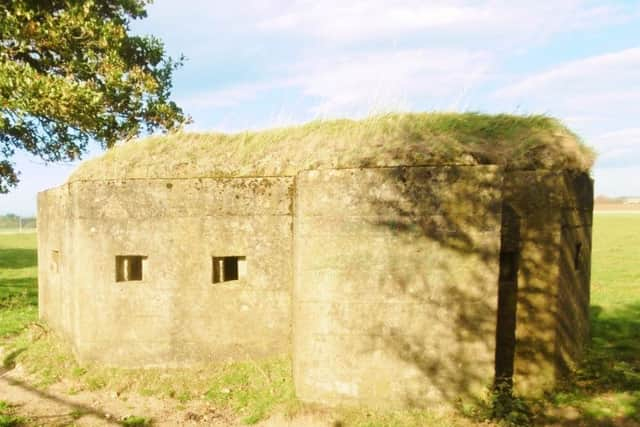

Ernest Marples, the Minister of Transport, held the fate of the Arch in his hands.
His decision to demolish it pulled people up short. Heritage suddenly came alive.
The point about heritage is that an object or a building, even one as useless and ugly as a pillbox, tells us something about the human spirit.
Relics of War, by Ian Hall, is an excellent introduction to wartime defence measures in Northumberland. You can also visit the Pillbox Study Group (PSG) and Defence of Britain websites.
Advertisement
Hide AdAdvertisement
Hide Ad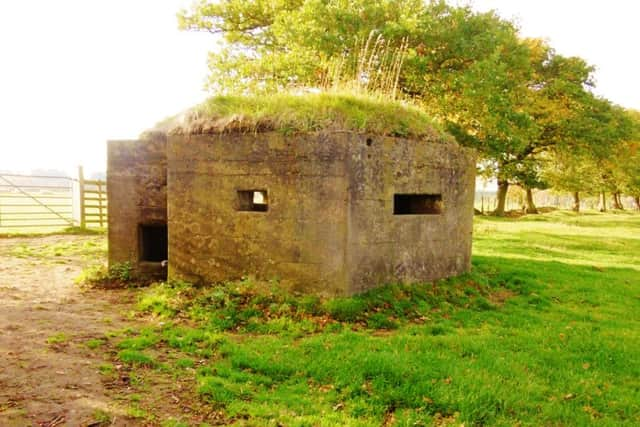

Pillboxes are a form of blockhouse. There were also anti-tank obstacles, barbed wire entanglements, anti-glider poles, mines on beaches, and so on.
The PSG website says: “During May 1940 the branch of the Directorate of Fortifications and Works (FW3) at the War Office was set up... to provide specific pillbox designs.
“June and July 1940 saw the FW3 branch issue seven Basic Designs. However, often... the local construction companies modified these under the direction of the area commands.
“The use of common designs with standard sizes for doors, loopholes and flat sides made it easier to ‘mass produce’ items for concrete shuttering and hence the speed of construction.”
Advertisement
Hide AdAdvertisement
Hide Ad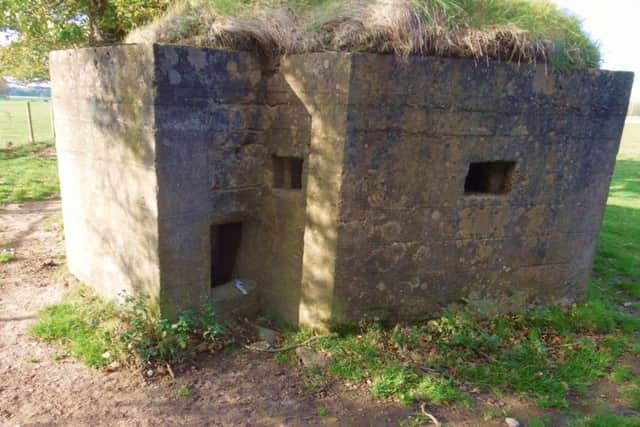

A typical pillbox is polygonal, with flat-sided external walls, a blast wall to protect the entrance, and another inside for protection against bullets and splinters.
Others, though similar in appearance, had thicker walls to withstand shells.
No living accommodation was provided. Despite this, an official War Office photograph (reproduced in a PSG article on the FW3/28 artillery pillbox) shows a very contrived picture of soldiers in their pillbox with a dartboard, paraffin stove and other home comforts.
FW3 designs were rarely used in Northumberland. The most common type in this area was the lozenge pillbox, an irregular hexagon with two long sides, two pointed ends and a porch on one of the long sides.
Advertisement
Hide AdAdvertisement
Hide Ad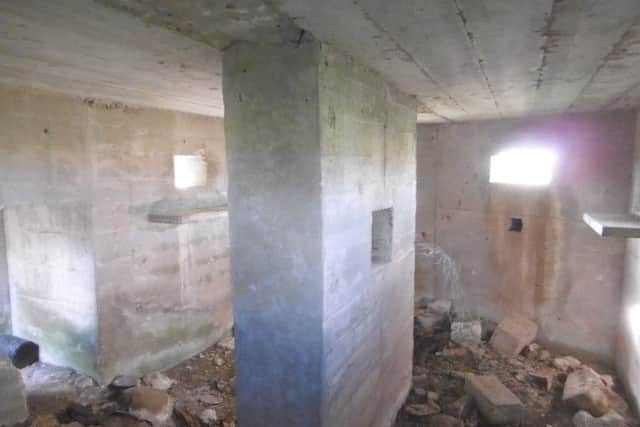

They were built of concrete, made in situ in shuttering, and are very durable.
A few weeks ago a friend, Euan Spencer, told me about a pillbox close to the new bypass. I visited it soon after, approaching it, however, along Cottingwood Lane.
It proved to be a typical lozenge. The two long sides face east and west. The west side has three embrasures or loopholes. The north and south ends are pointed, each having one standard loophole and one large one.
The entrance is on the east side, and this is where you get the most variation between pillboxes.
Advertisement
Hide AdAdvertisement
Hide AdThe usual arrangement, as here, is to have two standard loopholes, the third being replaced by the blast wall.
The entrance is low and narrow. Usually, the blast wall forms a porch so that as you crouch down to crawl through the hole with, remember, your rifle and webbing, both you and the next man are protected on three sides.
Here, however, the entrance is on the outside so it gave no cover at all until you were inside.
There is, in fact, a third loophole overlooking the entrance, though in other pillboxes locally this is sometimes found in the external blast wall instead.
Advertisement
Hide AdAdvertisement
Hide AdThe interior has the usual features, including an internal blast wall and shelves to take the hind legs of a submachine gun.
Some of the rubble on the floor may be shaped pieces to reduce the width of the larger loopholes.
On the left is the full height entrance. The black plastic pipe visible at floor level is modern.
Like most pillboxes, the Cottingwood example was for infantry use only. Other types had wide entrances to take field guns, but I haven’t come across one yet.
Advertisement
Hide AdAdvertisement
Hide AdThe soil and vegetation on top served for concealment, as did the hedgerow. The fact that it is on the same side as the entrance was probably deliberate.
It also marks the line of a footpath coming down from the north, which explains why the pillbox is where it is.
“Stoplines: Some Tactical Notes”, on the PSG website, says that pillboxes were at first looked upon as stationary tanks, but then later as mere death-traps.
After that: “Troops were instructed to use them only as shelters from artillery fire and to rush outside to fight.”
Advertisement
Hide AdAdvertisement
Hide AdAs it turned out, the question never arose. But if it had, then whichever method of fighting they adopted, the troops would have been putting their lives on the line.
And that, more than anything else, is why we preserve pillboxes.
Disclaimer: Pillboxes are old and can be dangerous. Don’t go inside.
And don’t go onto private land unless you have permission.